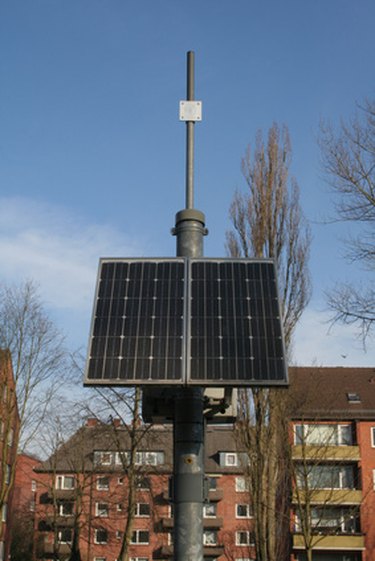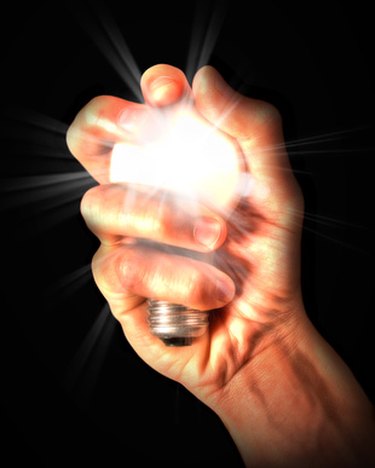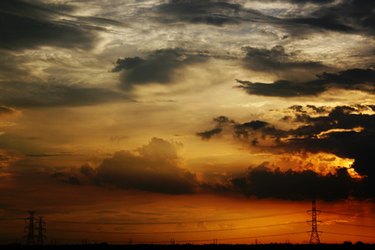
Passive solar energy or climate design uses the power of the sun to either heat a structure or provide electrical power. The angle and direction of windows in a building are used to control the sunlight entering and heat or cool the building depending on the season. Solar panels can convert light into electricity that is then used or stored in a battery for later consumption. Passive solar energy does have disadvantages that might make it unsuitable for some uses.
Limited Power Capabilities
Video of the Day

Due to the nature of solar energy, it is only possible to generate a limited amount of power. The only way to increase the amount of power produced is to build more solar cells and panels, which would take up a lot of land. It is possible to use automated sun tracking panels, which will angle themselves to catch the most light throughout the day.
Video of the Day
Upfront Costs

Installing and maintaining a passive solar energy system is expensive. Solar panels are not cheap and will require replacing every decade. Passive solar energy heating, requires detailed designs that must be perfect. Using the wrong type of glass, or being a couple of degrees off with measurements can mean that the building will be too hot or too cold. Glare can is also a problem, and interior design must be taken into account at the construction stage.
Climate Dependent

Passive solar energy is dependent on the climate. In a cloudy and dark climate, it will not operate at peak efficiency, if at all. A cloudy week can leave a home without heating or electricity. The system relies on the amount of sunlight reaching the ground, which is something we cannot control. Due to this disadvantage, passive solar energy is unsuitable for certain locations, especially in the far North or South.
Appearance

Passive solar energy, requires specialized design in a building as well as banks of solar cells and panels. These factors mean that the architectural design of a building is limited to including these concepts. Depending on the location of the property, having all the windows facing South, may mean that a view is missed and windows overlook unpleasant aspects of the surrounding landscape. Landscaping with trees and high climbing shrubs has to be planned out to avoid blocking sunlight to the home.